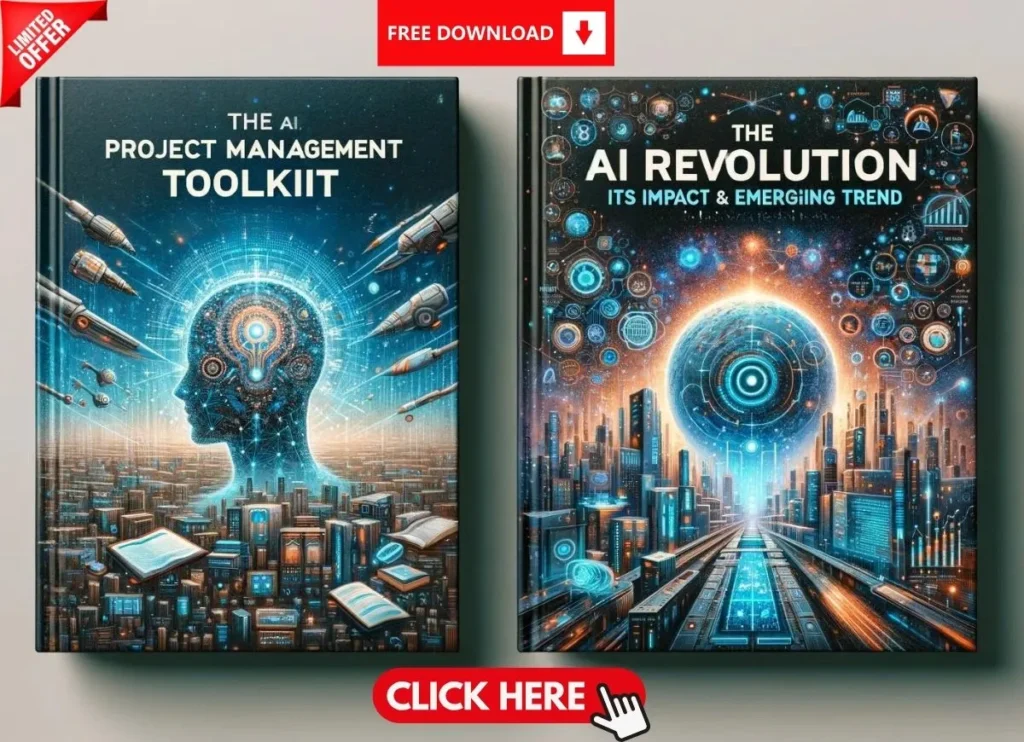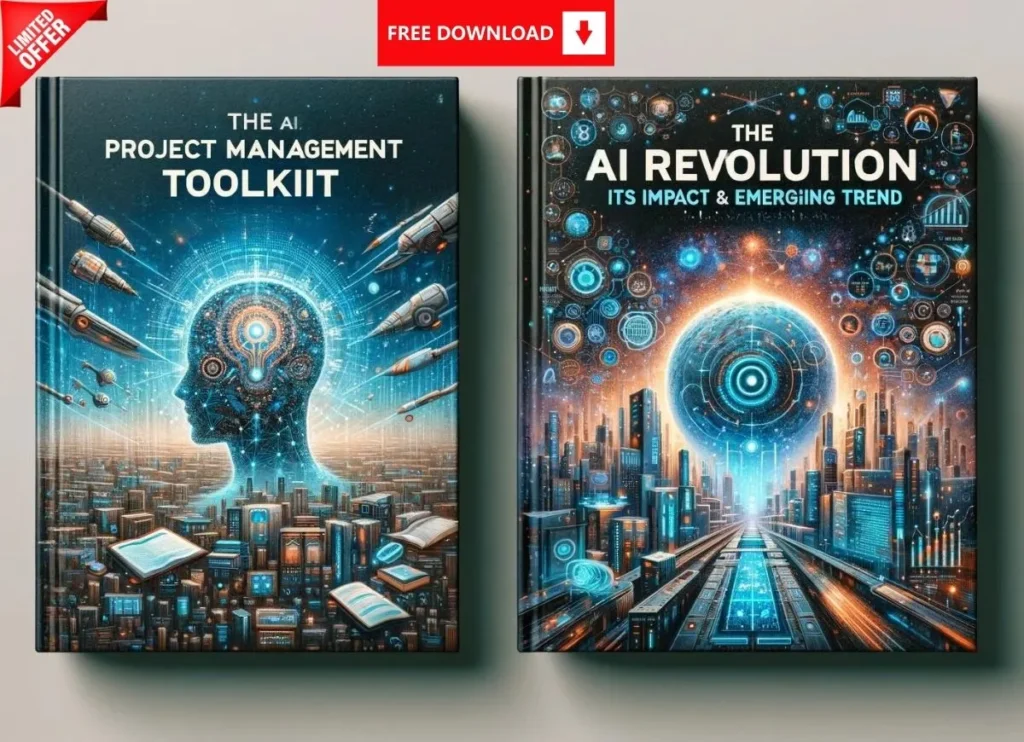Introduction
Picture a single development team juggling two or three feature sets—new user authentication, a payment gateway, and a reporting dashboard—all due within tight deadlines. Chaos looms: workloads pile unevenly, quality dips, and sprint goals slip. Sound familiar? Efficient Agile resource allocation is the lifeline that turns this multi-feature madness into a streamlined success. Rooted in Agile principles, it’s about balancing effort, prioritizing smartly, and keeping your team humming without burnout.
In this guide, we’ll dive deep into how to allocate resources using Agile estimation techniques for one dev team tackling multiple feature sets. From estimation strategies to workload balancing and proven best practices, you’ll learn how to keep productivity high and deliverables top-notch. Whether you’re a PM, Scrum Master, or lead dev, this is your roadmap to thrive in 2025’s multi-feature chaos.
Pro Tip: Start by mapping your team’s current workload—then read on to fix the gaps!
Understanding Agile Resource Allocation
What It Means
Agile resource allocation is the art of assigning a team’s time, skills, and energy across tasks while staying nimble enough to pivot as priorities shift. For one dev team handling multiple feature sets—say, a UI overhaul and a backend API—it’s about ensuring every coder contributes without drowning in overload. The goal? Deliver value fast, maintain quality, and adapt to change, all hallmarks of Agile.
Think of it as a juggling act: you’ve got three balls (features) and one set of hands (your team). Agile resource allocation ensures no ball drops by estimating effort, prioritizing tasks, and balancing workloads. It’s less about rigid plans and more about dynamic flow—perfect for multi-feature development.
Challenges of Multi-Feature Work
- Context Switching: Jumping between features (e.g., frontend to backend) kills focus—studies show a 20% productivity hit per switch (APA, 2023).
- Uneven Workloads: One dev might wrestle a complex API while another tweaks CSS, skewing effort.
- Shifting Priorities: A client’s “urgent” feature request mid-sprint throws plans off.
- Estimation Woes: Guessing effort across diverse features without data is a recipe for missed deadlines.
Example: A team building a payment system and analytics dashboard underestimated the former, leaving two devs swamped while others idled.
Agile Estimation Techniques for Multi-Feature Development
Key Methods
Accurate Agile estimation techniques are your foundation for resource allocation in Agile:
- Planning Poker: Devs use Fibonacci cards (1, 2, 3, 5, 8) to vote on task effort. Consensus drives precision—great for multi-feature complexity.
- T-Shirt Sizing: Label tasks S, M, L, XL based on gut feel. Quick for early-stage feature scoping.
- Bucket System: Sort tasks into effort buckets (e.g., 1-3, 4-7 days)—fast for big backlogs.
- Story Points & Velocity: Assign points (effort, not time) and track sprint velocity (e.g., 20 points/sprint) to predict capacity.
Applying Them Effectively
- Planning Poker: A team estimates a login feature (5 points) vs. a report generator (8 points), revealing true effort.
- T-Shirt Sizing: Early on, a payment gateway gets an XL, guiding initial resource splits.
- Velocity Tracking: After three sprints averaging 25 points, you allocate 10 points to Feature A, 15 to Feature B.
- Case Study: A dev team used Planning Poker to spot a “small” UI task was really an 8-pointer, reallocating effort to avoid a sprint crunch.
Prioritization Frameworks for Effective Feature Development
Top Frameworks
- MoSCoW Method:
- Must-Have: Login system—non-negotiable.
- Should-Have: Analytics—valuable but delayable.
- Could-Have: Dark mode—nice if time allows.
- Won’t-Have: Chat feature—next release.
- Weighted Shortest Job First (WSJF): Rank by value/effort (e.g., a quick login tweak with high ROI beats a lengthy report).
- Eisenhower Matrix:
- Urgent & Important: Bug fixes.
- Important, Not Urgent: Core features.
- Urgent, Not Important: Minor UI tweaks.
- Neither: Low-value bells and whistles.
Real-World Applications
- MoSCoW: A team prioritized a “Must-Have” payment gateway over a “Could-Have” dashboard, nailing a critical launch.
- WSJF: A 3-day login fix with big customer value trumped a 10-day analytics build, optimizing Agile resource allocation.
- Eisenhower: Urgent bugs got instant focus, while a “nice-to-have” UI polish waited—keeping the team lean.
Example: A startup used WSJF to push a high-value login feature first, boosting user sign-ups 15% while deferring reports.
Balancing Team Workloads and Avoiding Bottlenecks
Strategies That Work
- Work in Progress (WIP) Limits: Cap tasks (e.g., 2 per dev) to curb context switching—vital for multi-feature focus.
- Skill-Based Assignments: Pair devs with strengths—e.g., a backend pro on APIs, a UI whiz on dashboards.
- Daily Stand-Ups: Quick syncs spot blockers—e.g., “I’m stuck on payments, need help.”
- Cross-Training: Teach devs basics across features—e.g., frontend learns APIs—to flex assignments.
Spotting and Solving Issues
- Bottleneck Sign: One dev’s swamped with payment bugs while others cruise on UI. Fix: Reassign or cross-train.
- Overload Alert: Sprint velocity dips below average. Fix: Lower WIP, reprioritize with MoSCoW.
Case Study: A team set WIP limits at 3 tasks/dev, cutting context switching by 25% and delivering all features on time.
Pro Tip: Use a Kanban board to visualize workloads—red flags jump out fast.
Best Practices for Managing Resource Allocation in Agile Teams
Proven Tips
- Feature-Based Sprints: Focus sprints on feature completion (e.g., “Payment Sprint”) vs. strict timelines—ensures cohesive delivery.
- Agile Boards: Kanban or Scrum boards (Jira, Trello) track progress and balance workloads visually.
- Buffer Time: Reserve 20-30% capacity for surprises—e.g., a client’s last-minute “urgent” tweak.
- Retrospectives: Review allocation post-sprint—e.g., “Did estimation match reality?”—to refine Agile resource allocation.
- Tooling: Use Jira for task tracking, Asana for collaboration, or Azure DevOps for dependencies—automate the grind.
Case Study: Success in Action
Scenario: A six-dev team tackled login, payments, and analytics features for a fintech app.
- Approach: Used Planning Poker (login: 5, payments: 13, analytics: 8), MoSCoW (payments Must-Have), and WIP limits (2/dev).
- Tools: Jira tracked story points; daily stand-ups flagged bottlenecks.
- Outcome: Delivered all features in four sprints, with payments live early—client retention up 10%.
Lesson: Agile estimation techniques plus prioritization = balanced, high-impact delivery.
Conclusion & Next Steps
Mastering Agile resource allocation for one dev team on multiple feature sets is about structure amid flux. With Agile estimation techniques like Planning Poker, prioritization via MoSCoW or WSJF, and workload balancing through WIP limits and tools, you can simplify multi-feature development without sacrificing quality or sanity.
Next Steps:
- Run a Planning Poker session for your next sprint.
- Prioritize one feature set with MoSCoW—start small.
- Test a tool like Jira or Trello to visualize workloads.
Turn chaos into control—your team’s ready to shine.
For a deeper dive into optimizing your project management approach, check out our blog on 5 Ways to Allocate Resources with Agile Estimations, where we explore practical strategies to enhance efficiency and adaptability in your workflows.








